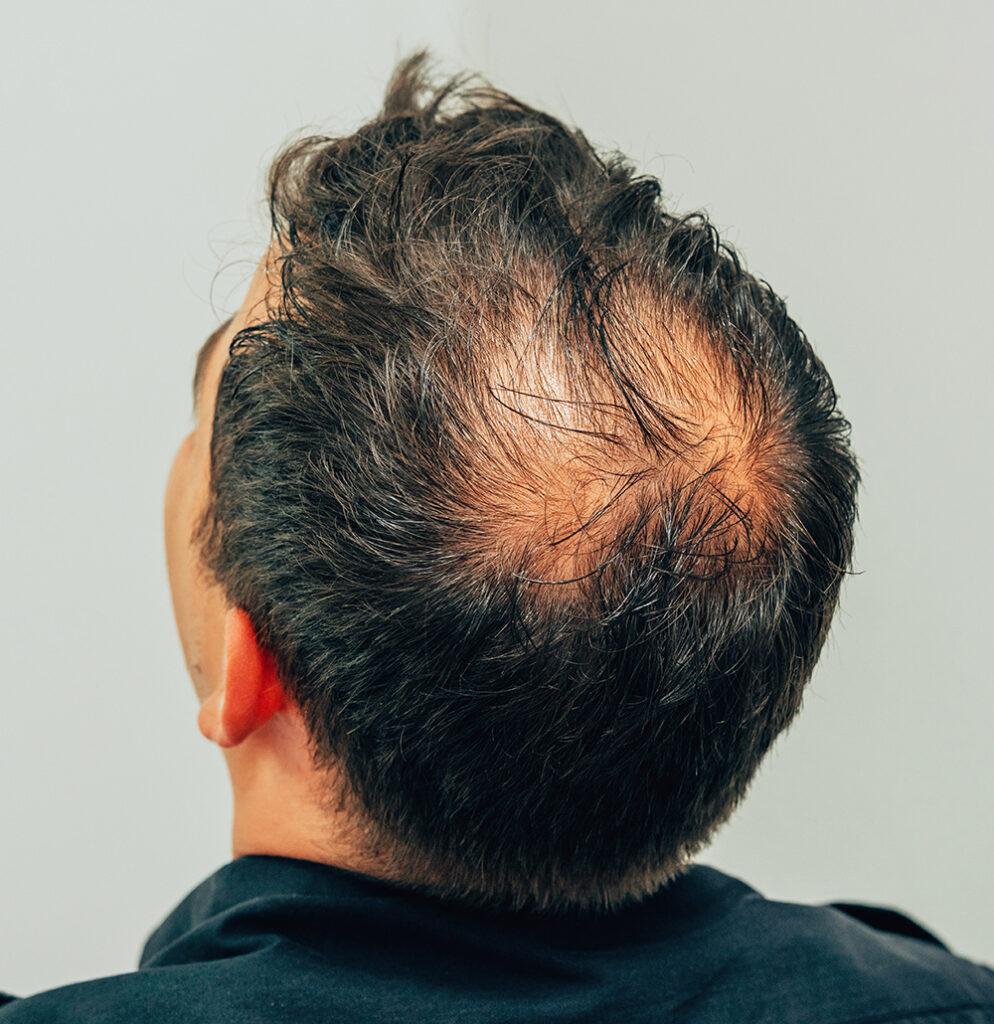Hair loss can be a distressing experience for many, leading individuals to seek effective and sustainable solutions. Among the most popular treatments for male pattern baldness is Finasteride For Hair Loss in Dubai, a medication approved by the FDA for this purpose. While it has demonstrated significant results in slowing hair loss and promoting regrowth, concerns about its safety over prolonged use often arise. This article delves into the safety of finasteride for long-term management, addressing its mechanism of action, potential side effects, benefits, and expert recommendations.
Understanding Finasteride: How It Works:
Finasteride belongs to a class of medications known as 5-alpha reductase inhibitors. It works by reducing the conversion of testosterone into dihydrotestosterone (DHT), a hormone that contributes to hair follicle shrinkage and eventual hair loss in individuals with androgenetic alopecia. By lowering DHT levels, finasteride helps in preserving existing hair and stimulates the growth of new hair over time.
Proven Effectiveness: What Research Says:
Numerous studies have confirmed the efficacy of finasteride in managing hair loss. Clinical trials show that:
- 90% of men experienced reduced hair loss after taking finasteride for one year.
- Approximately 65% of users reported visible hair regrowth after two years of consistent use.
These statistics underscore its potential as a reliable solution for male pattern baldness. However, the long-term implications of using finasteride warrant a closer examination.
Long-Term Use of Finasteride: Is It Safe?
General Safety Profile:
Finasteride is generally well-tolerated when taken as prescribed (1 mg daily for hair loss). Most users do not experience severe side effects, and the medication has been used safely for over two decades. Its effects are reversible upon discontinuation, as DHT levels return to their normal state.
Potential Side Effects:
Despite its efficacy, finasteride has been associated with side effects, some of which may persist even after stopping the medication. Common concerns include:
- Sexual dysfunction: A small percentage of users report issues such as decreased libido, erectile dysfunction, or reduced ejaculate volume.
- Mood changes: Rare cases of depression and anxiety have been linked to finasteride use.
- Gynecomastia: Some men experience breast tenderness or enlargement, though this is uncommon.
Addressing Post-Finasteride Syndrome (PFS):
Post-Finasteride Syndrome (PFS) is a controversial condition characterized by persistent symptoms such as sexual dysfunction, cognitive issues, and mood disorders even after stopping finasteride. While research into PFS is ongoing, it is important to note that this condition affects a very small percentage of users. Patients concerned about PFS should consult a healthcare professional to weigh the risks and benefits.
Finasteride for Women: A Word of Caution:
Although finasteride is primarily prescribed for men, some off-label use exists for women with specific types of hair loss, such as female pattern baldness. However:
- Pregnant women or those planning to conceive should avoid finasteride due to the risk of birth defects.
- Its effectiveness in women is less documented compared to men, and alternative treatments are often recommended.
Benefits of Long-Term Finasteride Use:
For many, the benefits of using finasteride outweigh potential risks, especially when side effects are mild or non-existent. Long-term users often experience:
- Stabilization of hair loss: Regular use helps maintain a full head of hair for years.
- Increased confidence: Addressing hair loss can improve self-esteem and overall quality of life.
- Convenience: A single daily pill makes it an easy addition to a daily routine.
Mitigating Risks: Best Practices for Safe Use:
To ensure the safe and effective use of finasteride for long-term hair loss management, consider the following tips:
Consult a Specialist:
Before starting finasteride, consult a dermatologist or trichologist to determine if it is the right treatment for you. They can assess your medical history and recommend appropriate dosages.
Monitor Side Effects:
Regularly communicate with your healthcare provider about any side effects you may experience. Prompt reporting allows for timely adjustments or discontinuation if necessary.
Combine with Other Treatments:
For enhanced results, finasteride can be used alongside other hair loss treatments like minoxidil or low-level laser therapy. These combinations may reduce the reliance on finasteride alone.
Lifestyle Changes:
Maintaining a healthy diet, reducing stress, and following a proper hair care routine can complement the effects of finasteride and support long-term hair health.
Alternative Hair Loss Treatments:
For those concerned about the long-term use of finasteride or experiencing adverse effects, several alternatives are available:
- Minoxidil: A topical solution that stimulates hair growth by improving blood flow to the scalp.
- Platelet-rich plasma (PRP) Therapy: A non-invasive procedure that uses the patient’s blood to promote hair regrowth.
- Hair Transplant Surgery: A permanent solution for advanced hair loss.
- Natural Remedies: Supplements like biotin or herbal treatments, although less effective, may provide mild benefits for some individuals.
Expert Recommendations on Long-Term Finasteride Use:
Most healthcare professionals agree that Finasteride For Hair Loss is safe for long-term use when taken under medical supervision. However, individual responses to the medication vary, and periodic evaluations are essential. If side effects occur, your doctor may adjust the dosage or explore alternative options.
Conclusion:
Finasteride has proven to be a highly effective solution for managing male pattern baldness, with long-term benefits for many users. While concerns about side effects exist, most individuals tolerate the medication well when prescribed and monitored by a professional. For those considering finasteride, an informed discussion with a healthcare provider can help you make the best decision for your hair loss journey.
By weighing the benefits against potential risks and adopting a proactive approach to monitoring, finasteride can serve as a valuable tool in achieving and maintaining a fuller head of hair.



